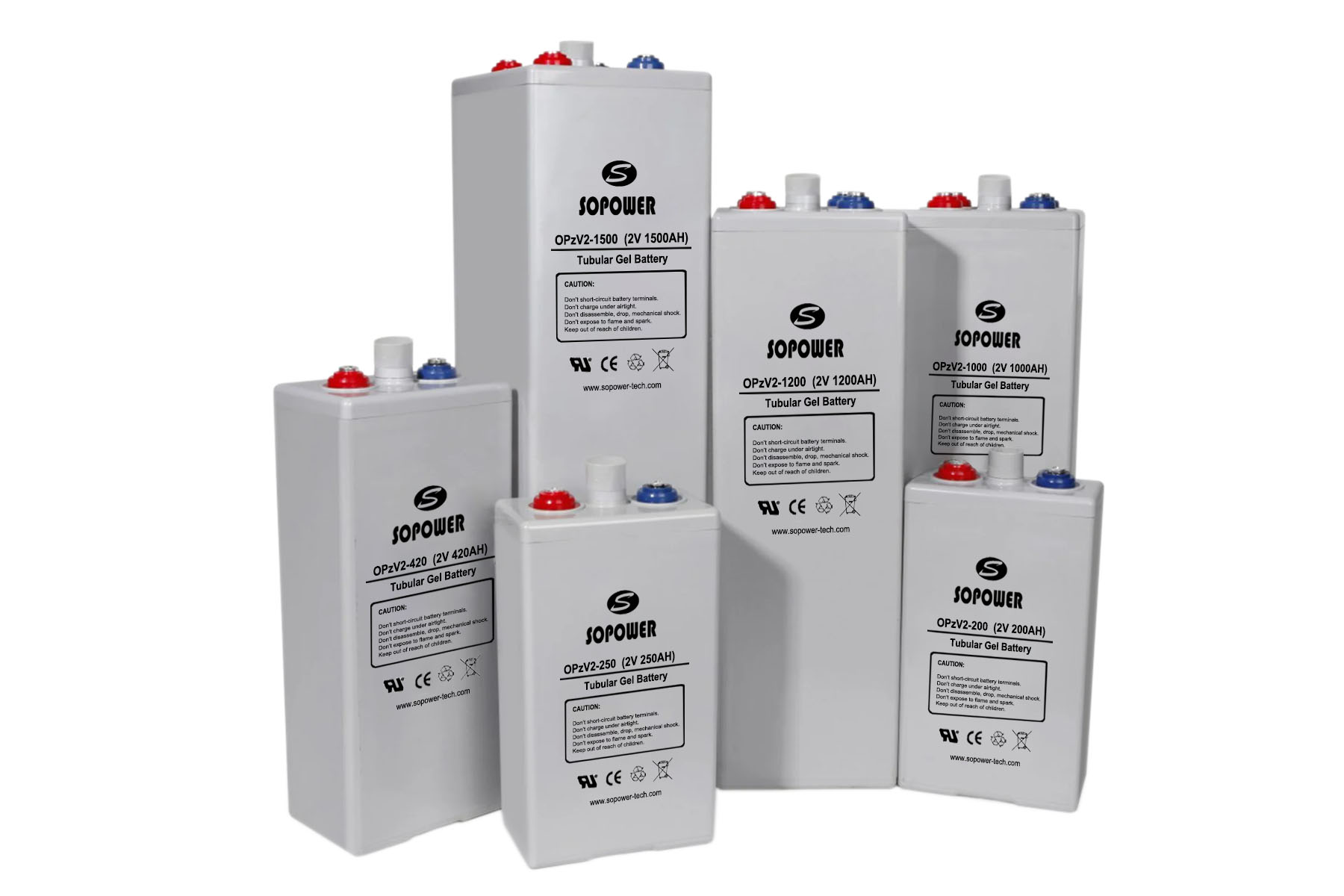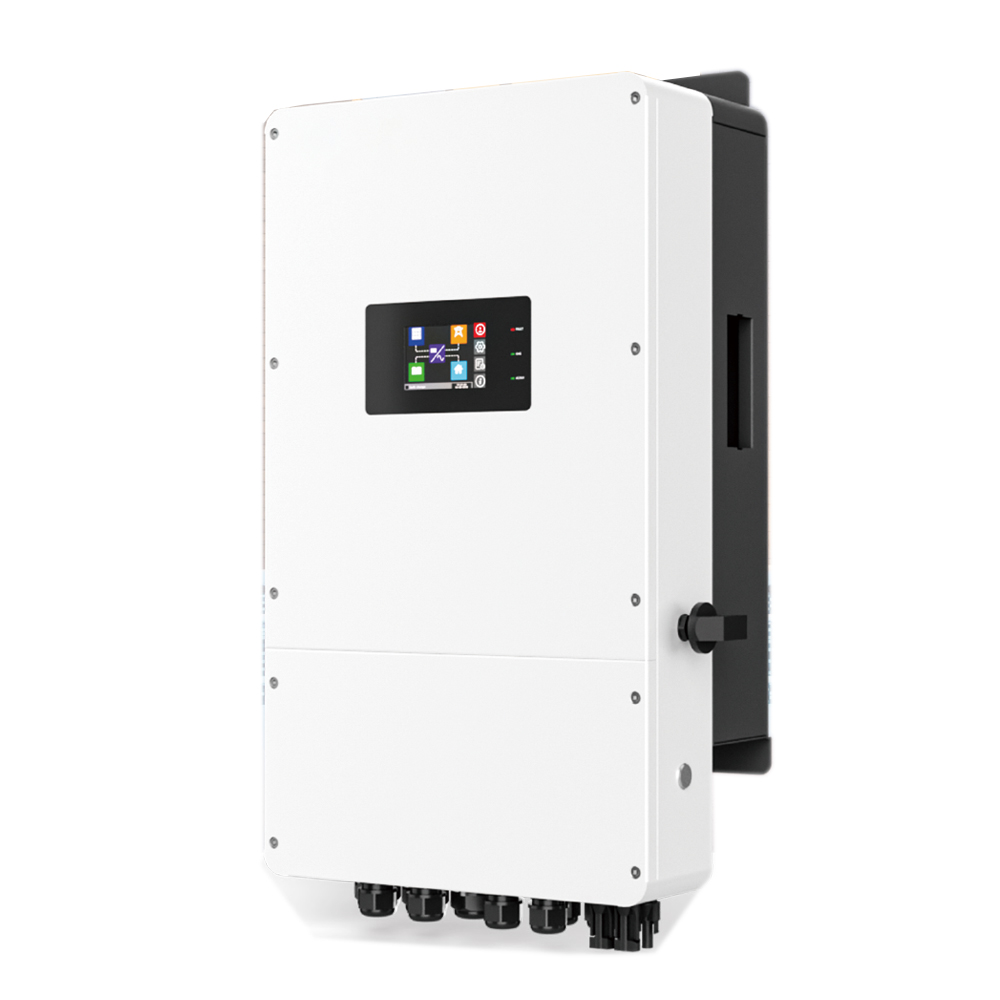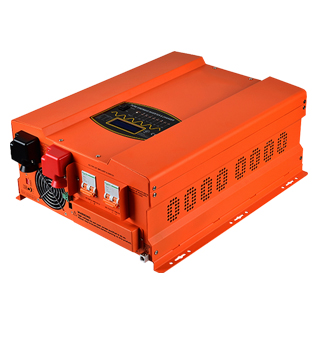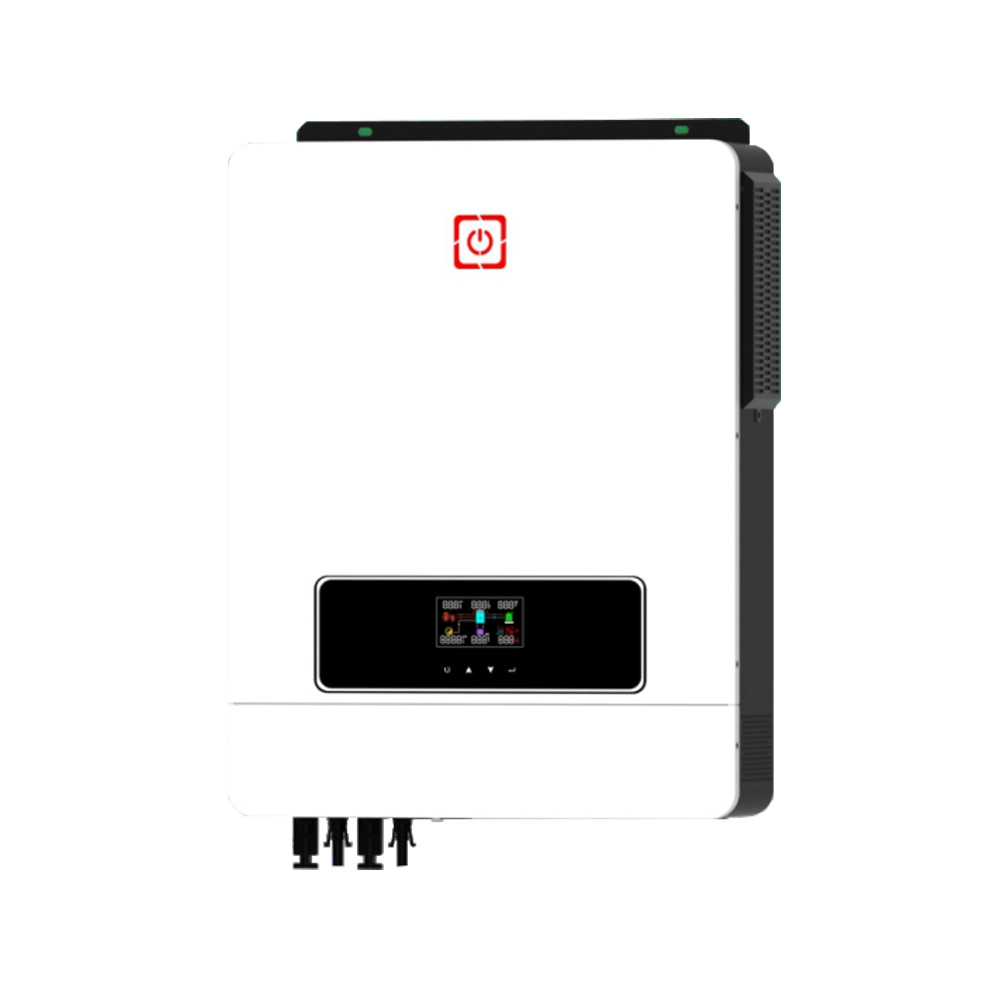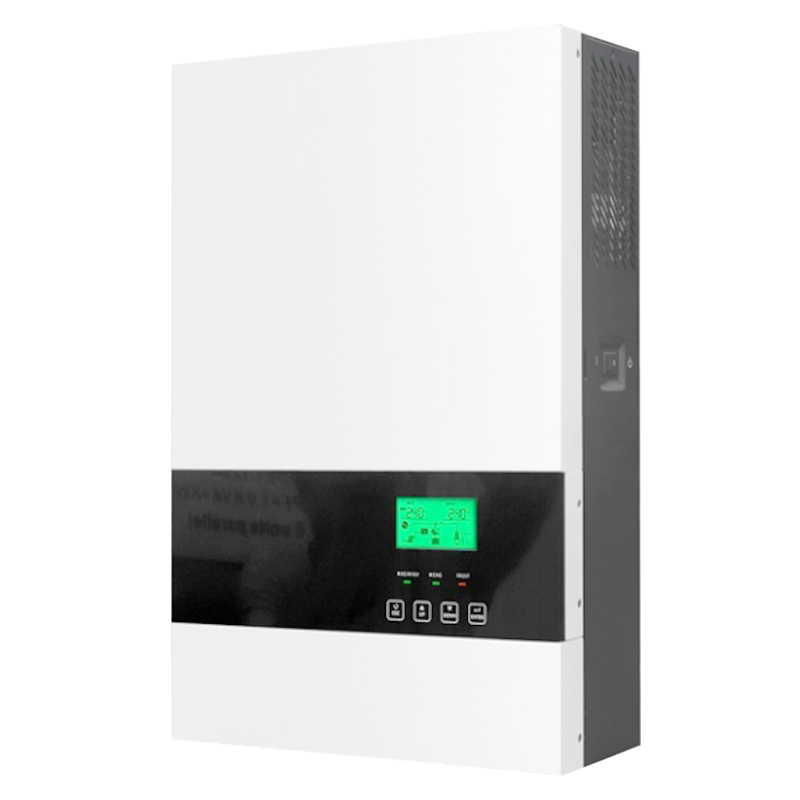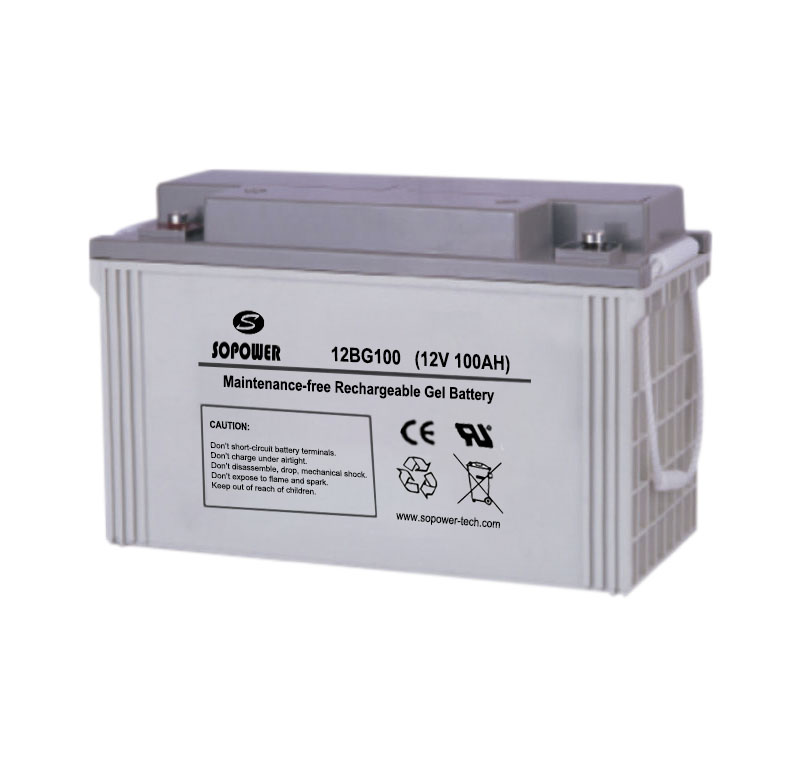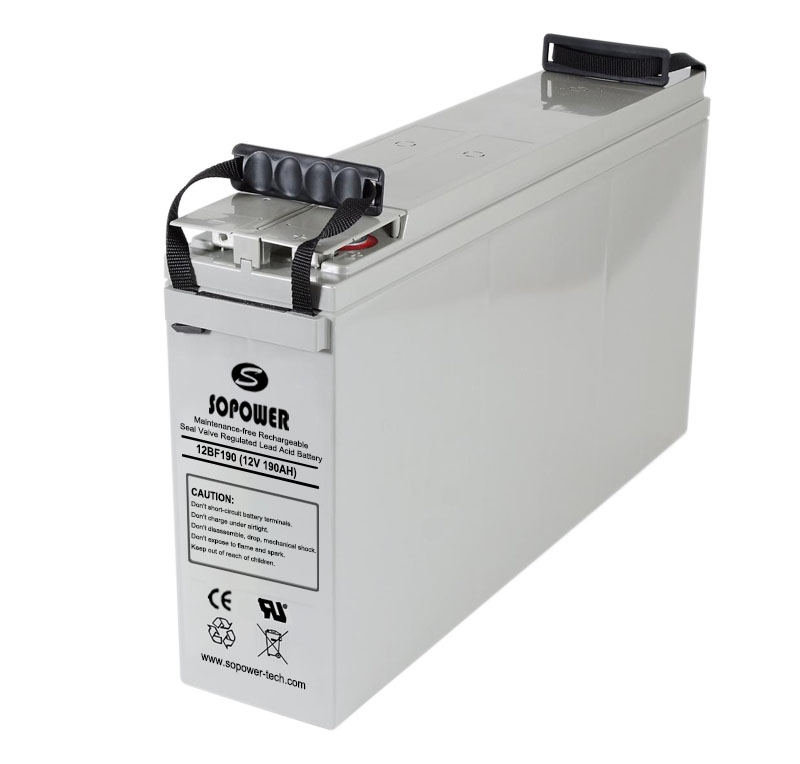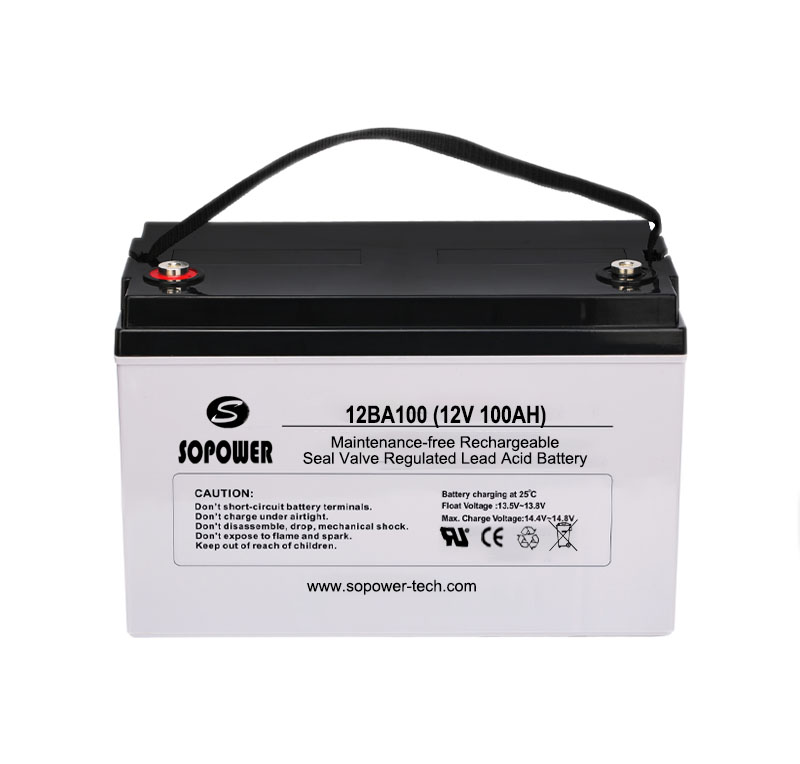Source: PV-Magazine Date: MARCH 4, 2021
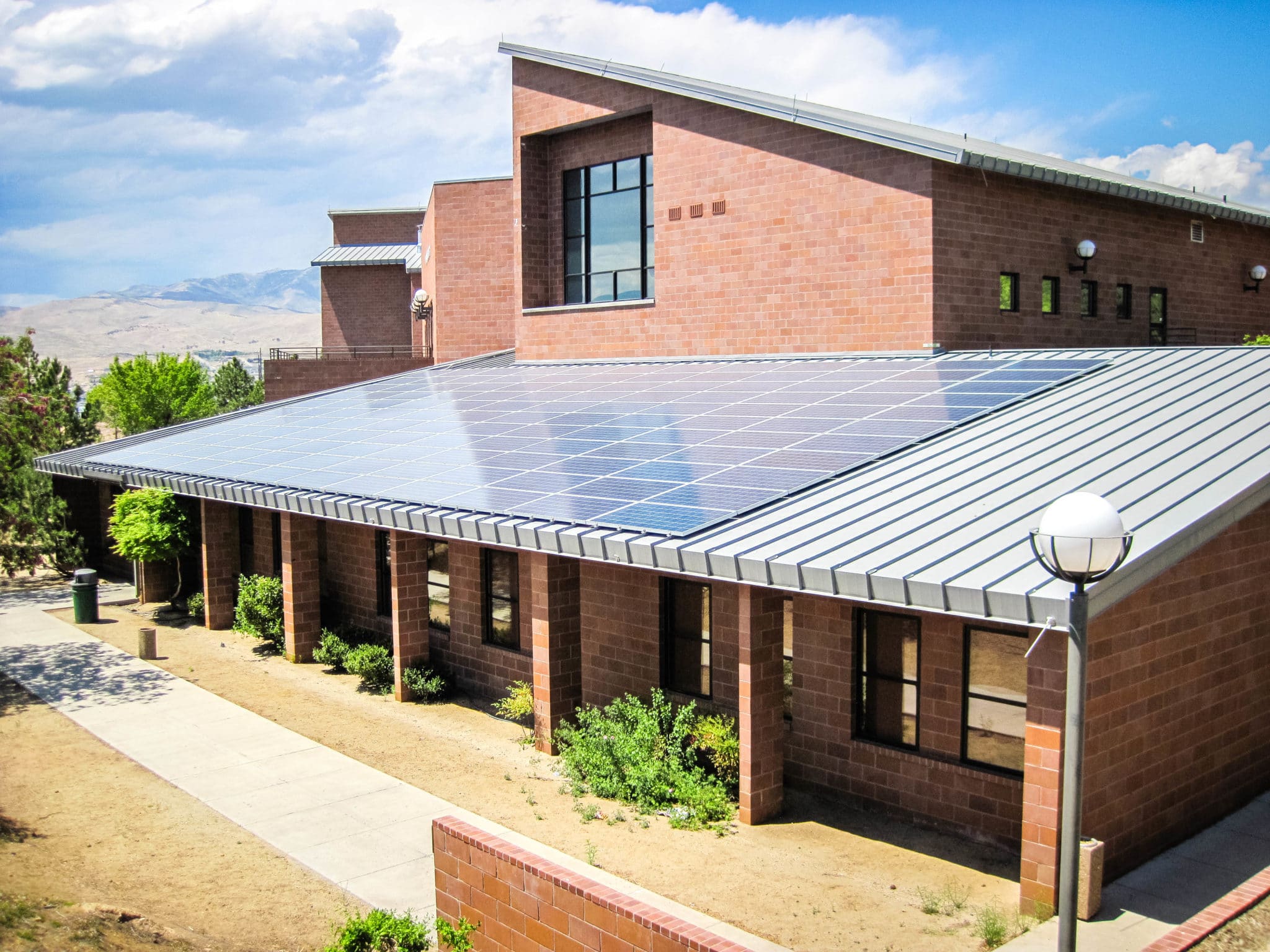
Of the 4.5 GW of small-scale solar capacity added in the United States in 2020, California accounted for 31%. New Jersey, New York, and Massachusetts are leaders for small-scale solar capacity despite having less favorable solar resources.
The top three states with the most small-scale solar photovoltaic (PV) capacity at the end of 2020 were California (10.6 GW), New Jersey (1.9 GW), and Massachusetts (1.8 GW).
Of the 4.5 GW of small-scale solar capacity added in the United States in 2020, California accounted for 31%, the largest share by far.
And although Texas and Florida have less total small-scale solar capacity than either California or New Jersey, capacity has grown rapidly in recent years. In 2020, Texas added 422 MW of small-scale solar, and Florida added 282 MW. State incentives, strong solar resources, and policy changes are largely driving these gains.
The rankings were reported by the Energy Department’s Energy Information Administration (EIA), which defines “small scale” as any installation that is connected to the grid and is less than 1 MW in size.
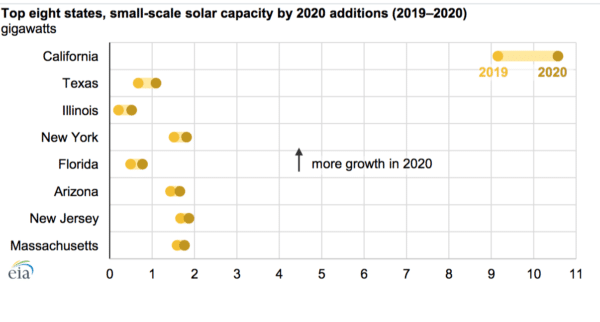
New Jersey, New York, and Massachusetts are leaders for small-scale solar capacity despite having less favorable solar resources. In these states, long-standing state policies such as renewable and clean energy standards and other incentives, some of which include specific provisions for solar, encourage small-scale solar capacity growth.
In 2020, small-scale solar capacity in Texas grew by 63%, increasing from 670 MW in 2019 to 1,093 MW. EIA said that Texas does not require utility companies to buy excess energy from residential solar panels. As such, net metering– which allows customers who generate their own electricity to sell excess electricity back to the grid–is not available to many Lone Star State homeowners. Some retail electricity companies, however, offer a renewable buyback program in the form of bill credits. And, the state offers a property tax exemption for the added home value from rooftop solar installations, encouraging small-scale solar growth in the state, EIA said.
Removing restrictions on leased solar systems has encouraged small-scale solar growth in Florida. Until April 2018, the Florida Public Service Commission restricted electricity sales from leased solar systems. Without that restriction, electricity customers can now lease solar systems with little or no upfront costs, making solar PV more widely economic and resulting in big growth. In 2020, small-scale solar capacity there grew 57%, from 492 MW in 2019 to 773 MW.
Although not in the top states for total small-scale solar capacity, Illinois added 309 MW of small-scale solar capacity in 2020, the third-highest number of additions, according to EIA. The additions doubled small-scale solar capacity in the state from 206 MW in 2019 to 515 MW in 2020.

